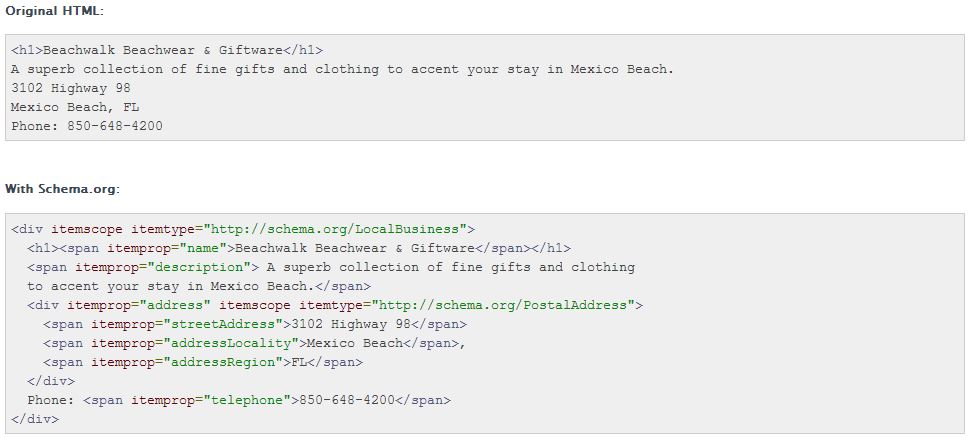From Smart Solutions
Last week we talked about structured data inside Google Webmaster—specifically through the Data Highlighter tool. Today, we’re going a little deeper into what structured data really is, and how to implement it directly onto your website.
What is Structured Data?
Structured data consists of tags within your website’s HTML that help Google and other search engines learn a little more about what’s happening on your pages. There are hundreds of different types of code that you can implement to make structured data work on your site, and as Google starts using it more and more, sites should start using it, as well.
Where Can I Get Examples of Markup?
Google suggests a few different websites to get started on structured data markup, but Schema.org is one of the best sites to help you learn. The full hierarchy list is available for browsing through different types of structured data, and you can choose from the list what type of markup fits your site.
A good place to start is the LocalBusiness tag. This is for companies with a location page that lists addresses, opening hours, telephone numbers and that sort of thing. If you read our article on the Data Highlighter, you’ll see that this is available for tagging in the Data Highlighter tool, as well.
If you scroll down to the bottom of the LocalBusiness Schema.org page, you’ll see examples of the markup that they’ve included for a few different types of businesses and business pages. These are the tags that you would add to your page in order to complete the structured data markup. We’ve included one example of theirs below.
Other great tags to use are the Product tag, Event tag or the Person tag. All of these are explained and defined on Schema.org.
How Do I Know if My Structured Data is Working?
So now that you’ve got it in place… how do you figure out if it’s working or not? Google makes it easy. Check out their Structured Data Testing Tool, enter your URL, and figure out if the tags you used are showing up for Google.
Any questions? Ask us in the comments! (Want something a little less complicated? Try the Data Highlighter!)




